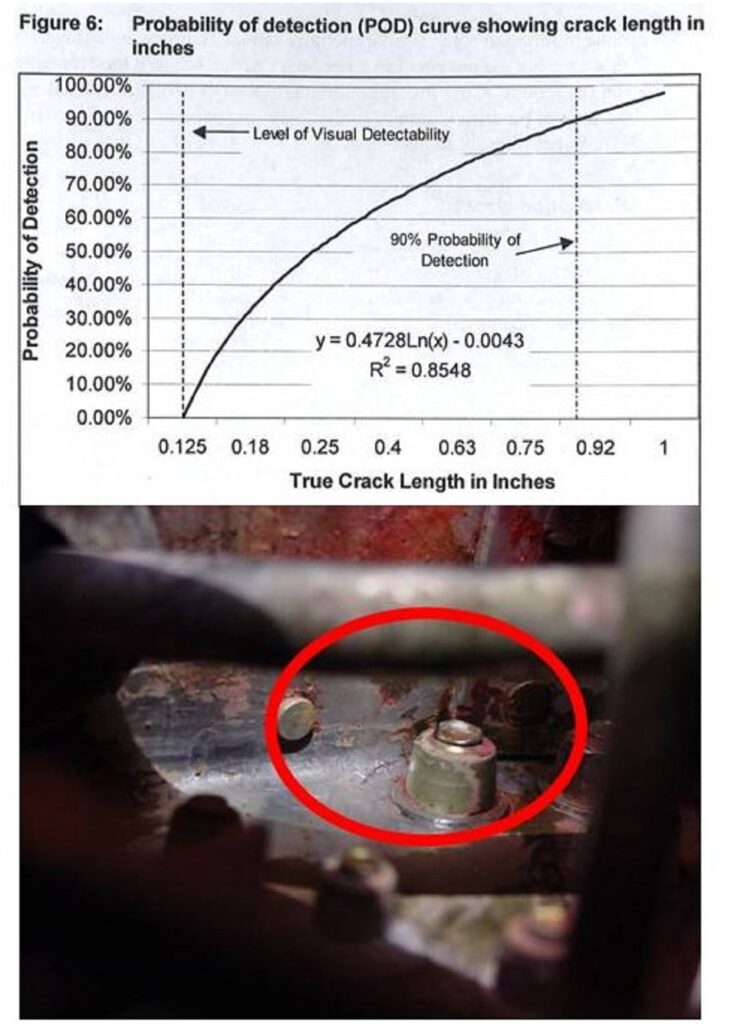
As noted by studies performed by NASA Ames Human Systems Integration Division (Mr. Alan Hobbs): “Maintenance is essential to aviation safety, yet improper maintenance contributes to a significant proportion of aviation accidents and incidents. This is because a small percentage of maintenance tasks are performed incorrectly or are omitted due to human error. Examples include parts installed incorrectly, missing parts, and the omission of necessary checks. Maintenance personnel are confronted with a set of human factors unique within aviation. Maintenance technicians work in an environment that is more hazardous than most other jobs in the labor force. The work may be carried out at heights, in confined spaces, in numbing cold or sweltering heat. The work can be physically strenuous, yet it requires clerical skills and attention to detail.”
Aircraft Maintenance Experts understand that many types of things can negatively affect human performance and may lead to human error:
- Fatigue
- Boring repetitive jobs
- Lack of spare parts and tools
- Personal life problems
- Substance abuse
- Loud noises
- Poor communication
- Poor instructions
- Unrealistic deadlines
- Smelly fumes
- Poor training
- Incomplete or incorrect documentation
- Poorly designed testing for skill and knowledge
- Design of tools, equipment and workplace
- Design of personnel selection and training program
- Design of software and procedures manuals
- Job design (shift work, schedules and job tasks)
- Organizational design (departments, teams, and decision-making)
- Environmental factors (weather, noise, light, and temperature)
- Physical body size and dimensions
An Example of Human Factors in Maintenance: Crack Detection
The GA fleet is being used well beyond the flight hours and years envisioned when the airplanes were designed. There is concern that continued airworthiness safety matters will become more common as the fleet ages. These airplanes could develop serious age-related problems as they continue to be used well beyond their envisioned design life. The bulk of the fleet is designed to Civil Aviation Regulations (CAR) 3 standards that were established in the 1950s or earlier. These standards lack fatigue and continued airworthiness requirements as part of their certification. However, little is known about the condition of these old airplanes and the general effects of aging on them.
For maintaining these aging aircraft, visual inspections still comprise the majority of the inspection activities (comprising 80% of all inspection by some estimates, and accounting for over 60% of AD notices in a 2000 study). A number of major Human Factors can contribute to the ability of the maintenance inspector to detect a crack or other structural anomaly, including:
- Time limits on continuous inspection performance
- The visual environment
- Posture and visual inspection performance
- The effect of speed of working on inspection accuracy
- Training and selection of inspectors
- Documentation design for error reduction
As seen below the probability of detecting cracks are a function of crack length, and on many older airframe structures, in the absence of maintenance instruction that direct an inspector to a specific are to look at, cracks can be difficult to detect.
Source – http://www.dviaviation.com/






